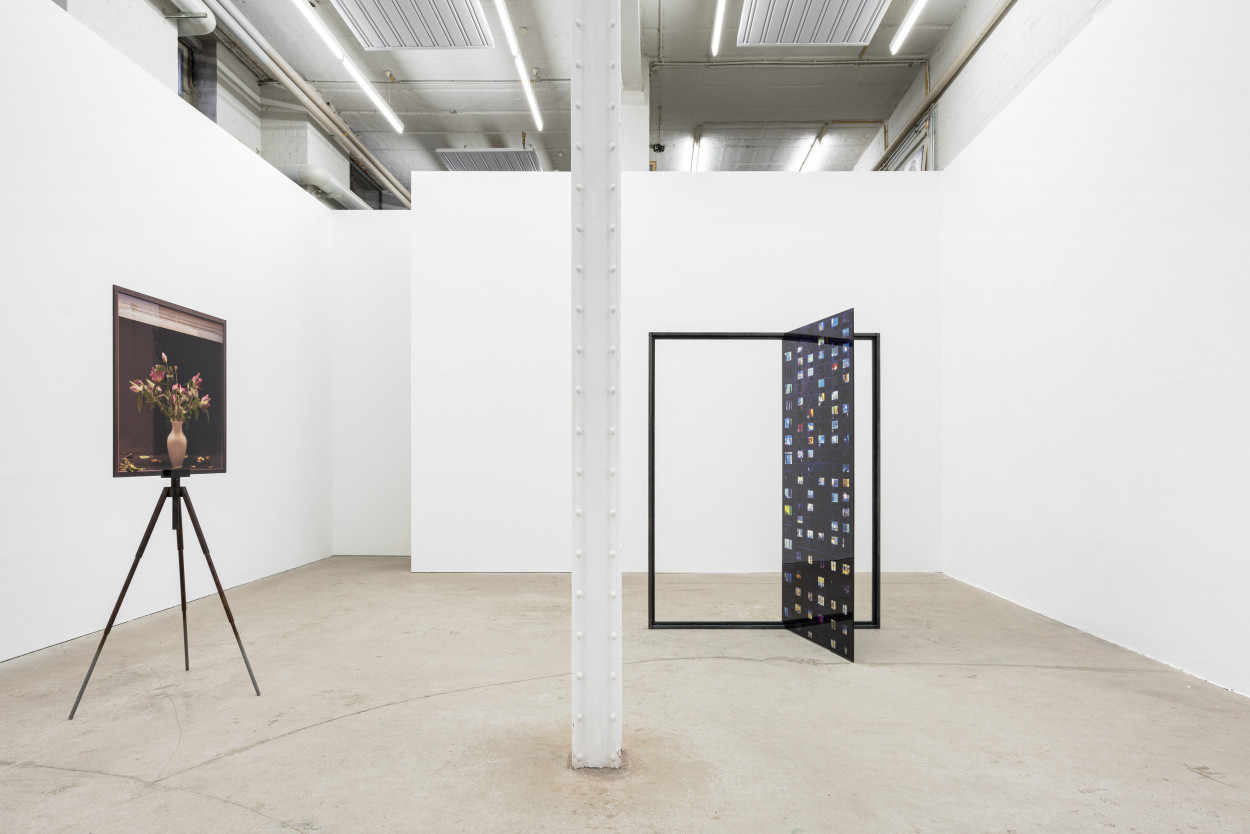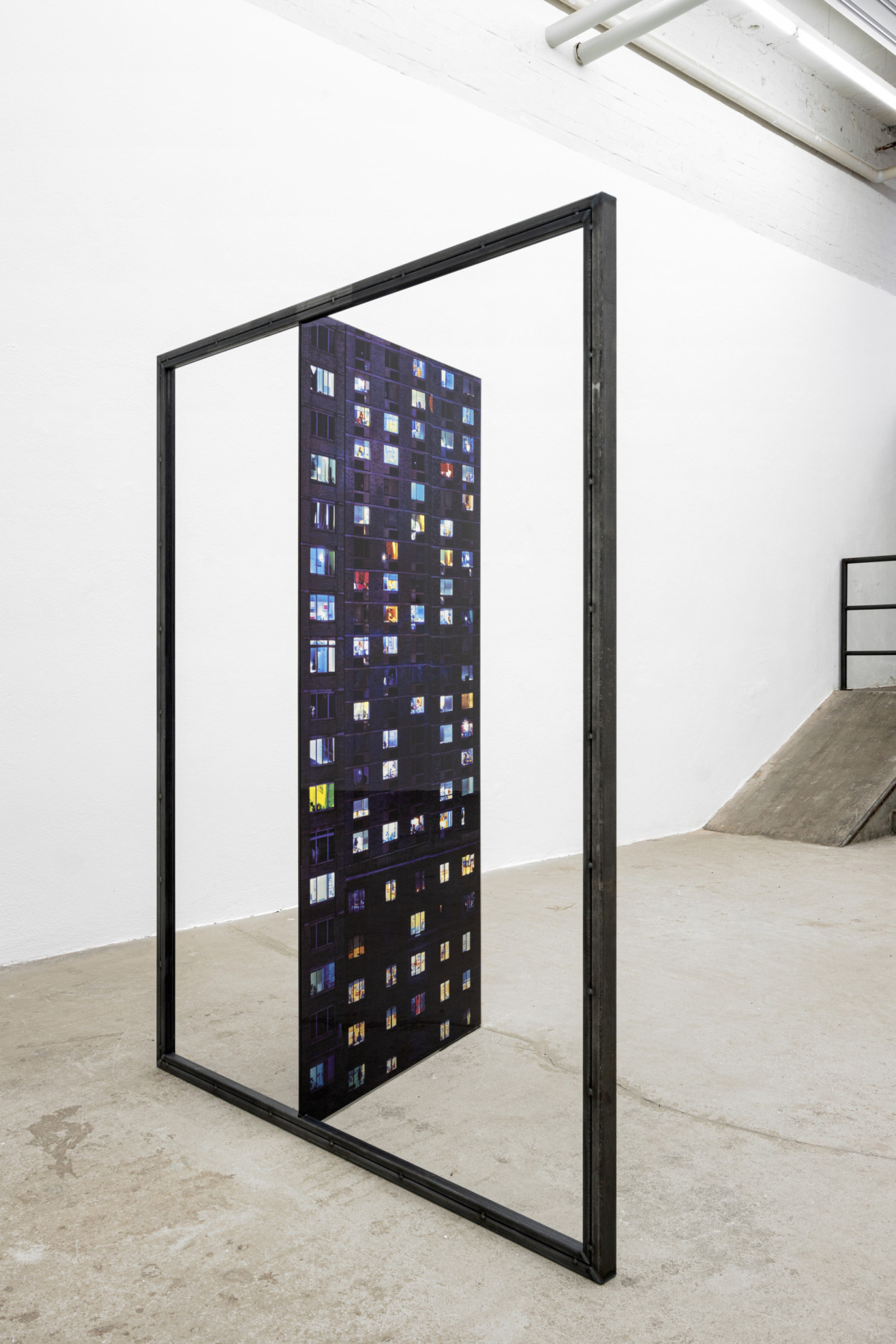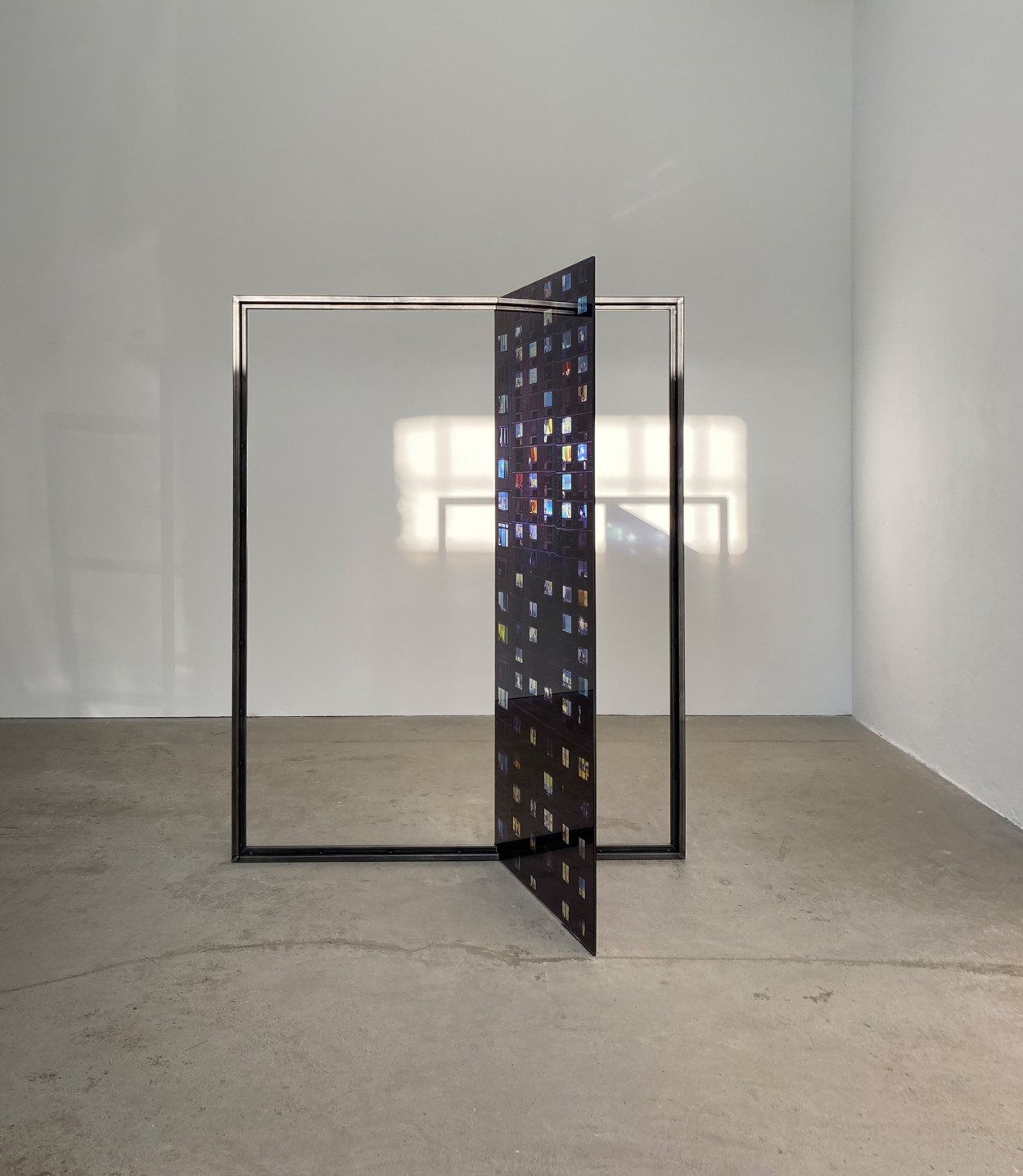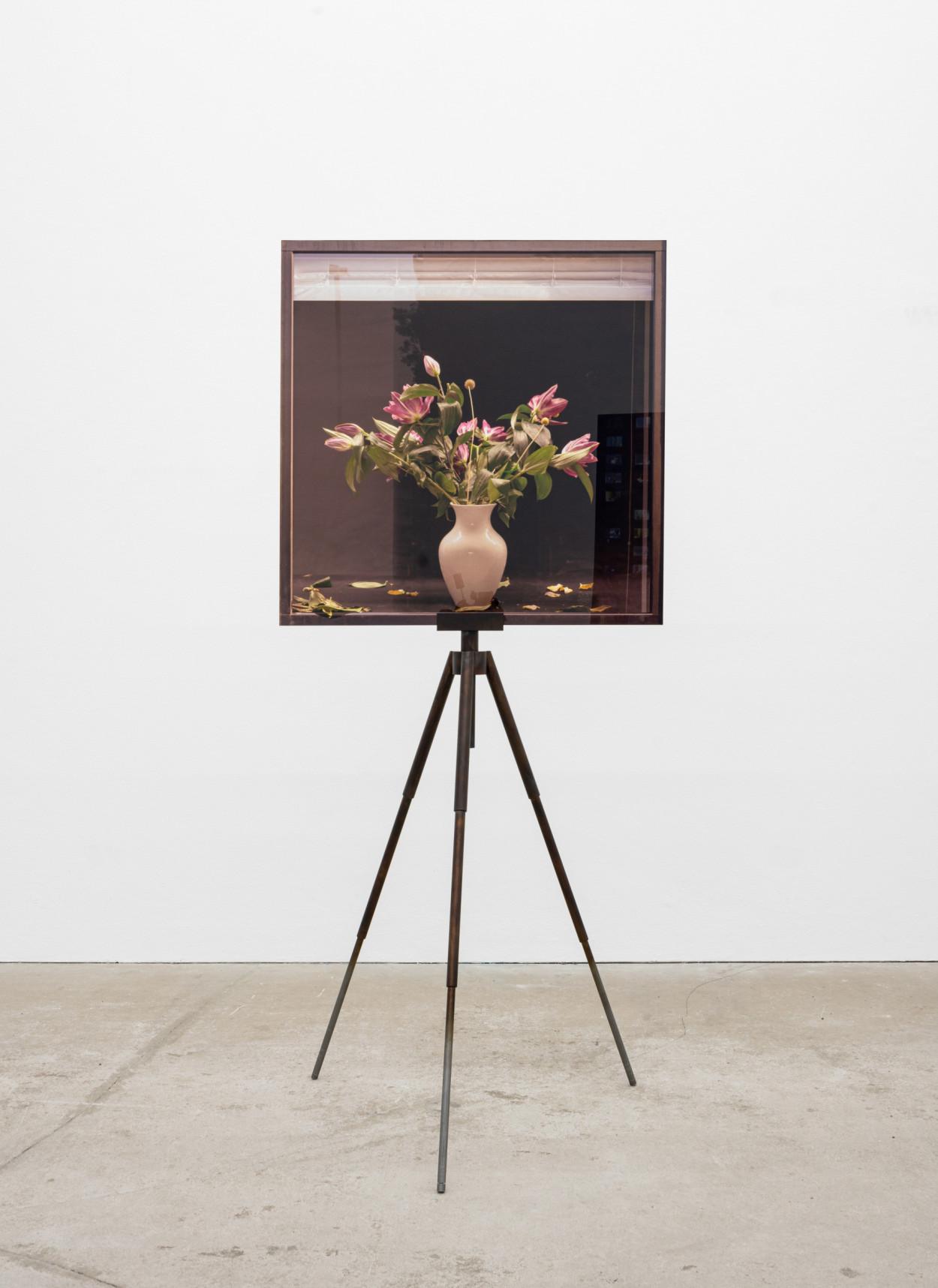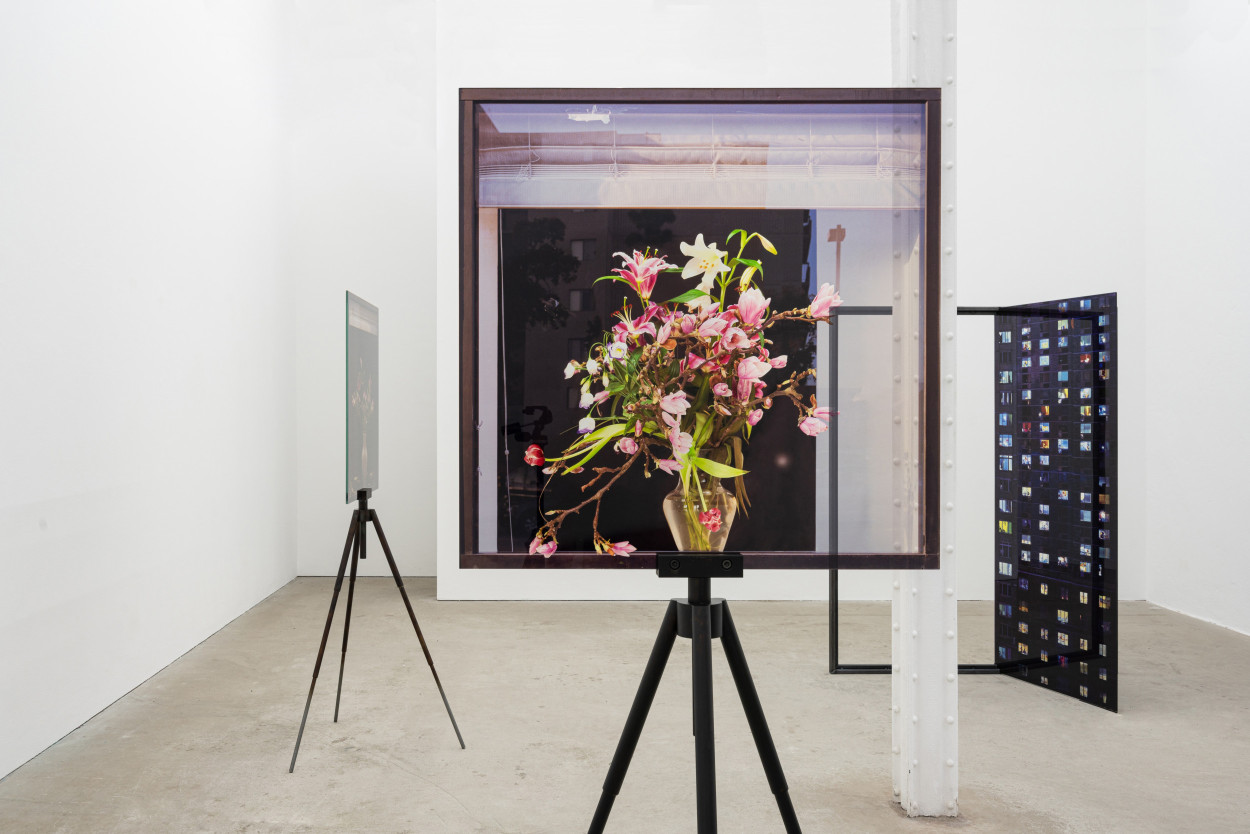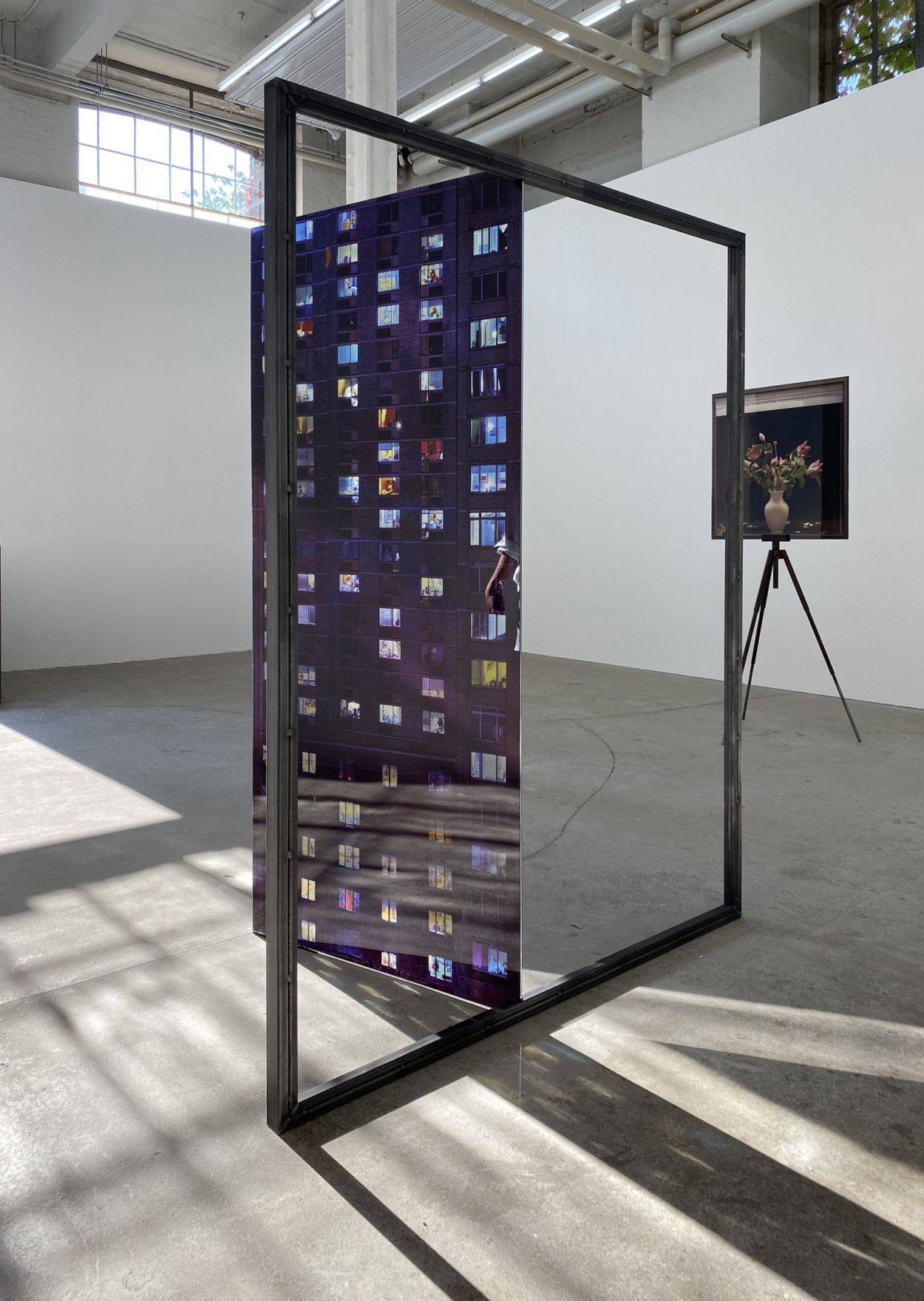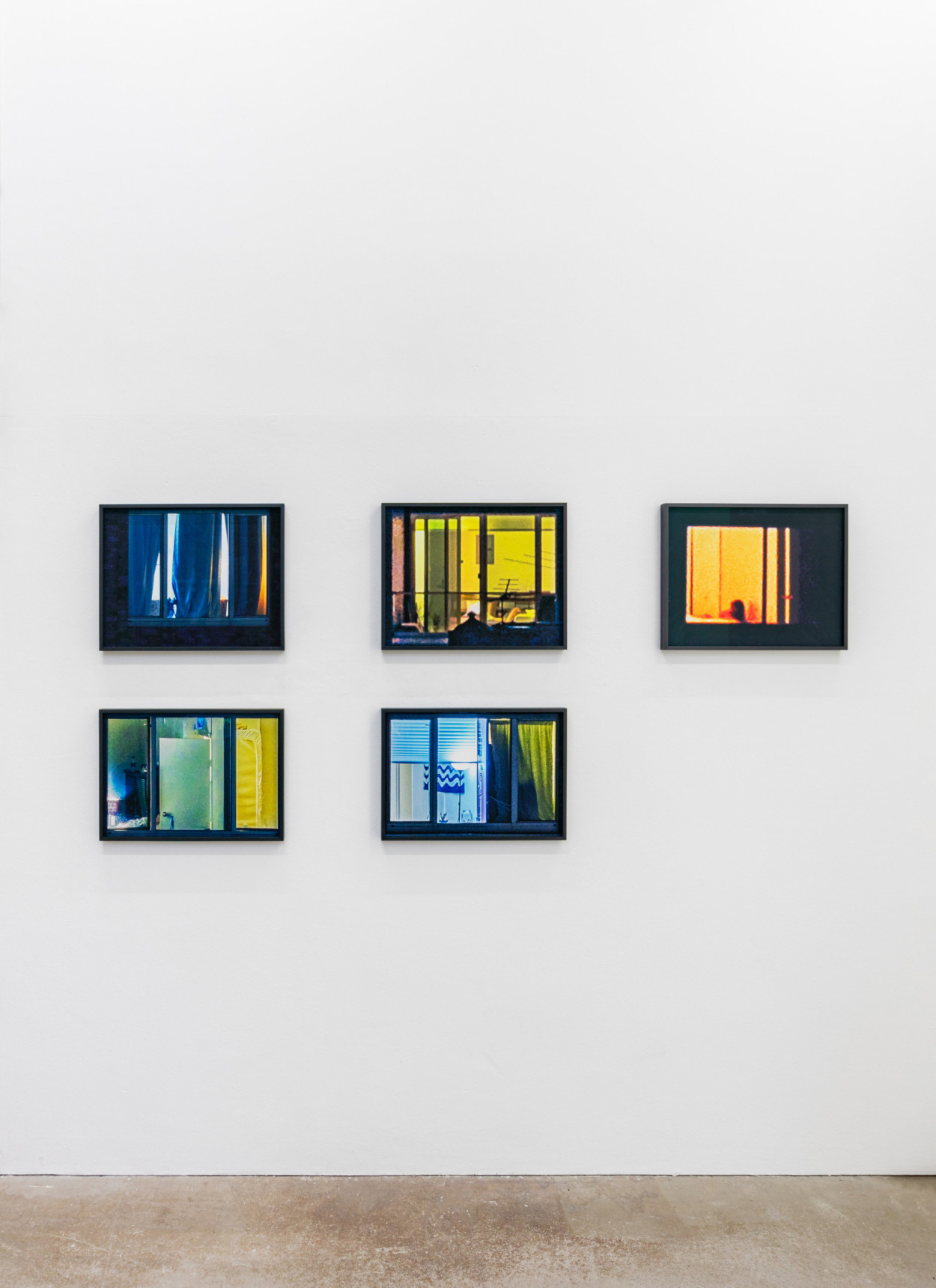DIE SACHE EINES AUGENBLICKS, 2021
Galerie Tobias Naehring
Solo Show
2021
Die Sache eines Augenblicks
Exhibition: Galerie Tobias Naehring, 2021
Photos by Jamal Casaré and Sabine Hornig
"– I will never have enough of you all, said Sara, never.
– Oh, you know, said Diana, it’s a matter of a moment, often a very short moment."
- Marguerite Duras, The Little Horses of Tarquinia, 1953 -
This brief dialogue describes a sudden realization, which, triggered by a word, a glance, or a repetition, can bring about a different turn of events.
In a single moment, several factors coincide and alter the view of the familiar. From this brief moment, however, a long, unending one can emerge, when saturated with layers of memory in the present. This drawn-out moment, this continuous gaze contains the eternal memory of a brief glance.
In Sabine Hornig’s work, image and sculpture, perspectives and moments in time, subtly coincide. Her sculptures and photographs – often mundane, easily overlooked architectures or shop windows photographed in urban space – are layered in front and on top of each other and elude to the historical and the remembered. Merged with the new, a single moment brings them into the present.
This is also true for the two floral still lives in Galerie Tobias Naehring, each positioned in a square frame on a tripod.
Stativ II (Tripod II) displays a vase of flowers in a window, photographed from the outside. In the background the reflection of a building with small windows is visible. The image is fastened to a frameless glass pane – the image’s frame is not a picture frame, but a photographed window frame, which forms a border. It isn’t hung on the wall, but stands in front of it on a metal stand, which resembles a camera tripod.
The highly realistic still lives of flowers in vases emerge from the wall and out of the frame. They become circumnavigatable. Stepping closer, we discover that the image is transparent, a diapositive, and can be viewed from both sides. Without a back, the double-faced image casts a shadow into the room.
The frozen still life in the photograph on the tripod, which stands here as a glass, Janus-faced object in space, is a paradox: its two sides – each a mirror image of the other – allow the viewer to look both ahead and back, and provide a view through it and into the space.
The dark background of Stativ II (Tripod II) and its painterly, wilted leaves are reminiscent of 17th-century floral still lives. However, instead of opening its blooms to the viewer, all the flower heads are turned away from us, into the dark interior of the image background.
Nachtfenster II (Night Window II) explores the changing perceptions of time and space during the pandemic lockdown.
A free-standing frame suggests a large window. It contains a glass pane featuring a dark print, which is positioned diagonally to it – like an open door. The frame and pane are proportionate to the door or window of an apartment. They mark the threshold between inside and outside.
The glass pane features many small windows that show rooms illuminated by varying degrees of light, where people live next to each other. It’s possible to see through the windows from both sides and into the small rooms behind them. This view of people moving alongside each other inside the interiors, generates the image of the individual and the collective experience of a moment.
